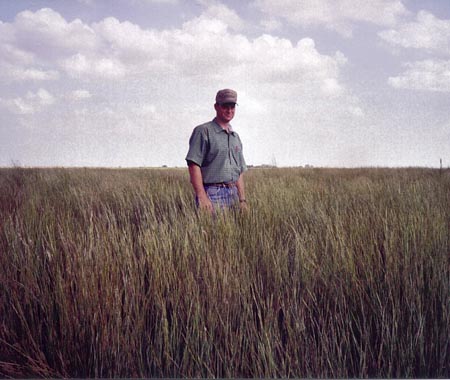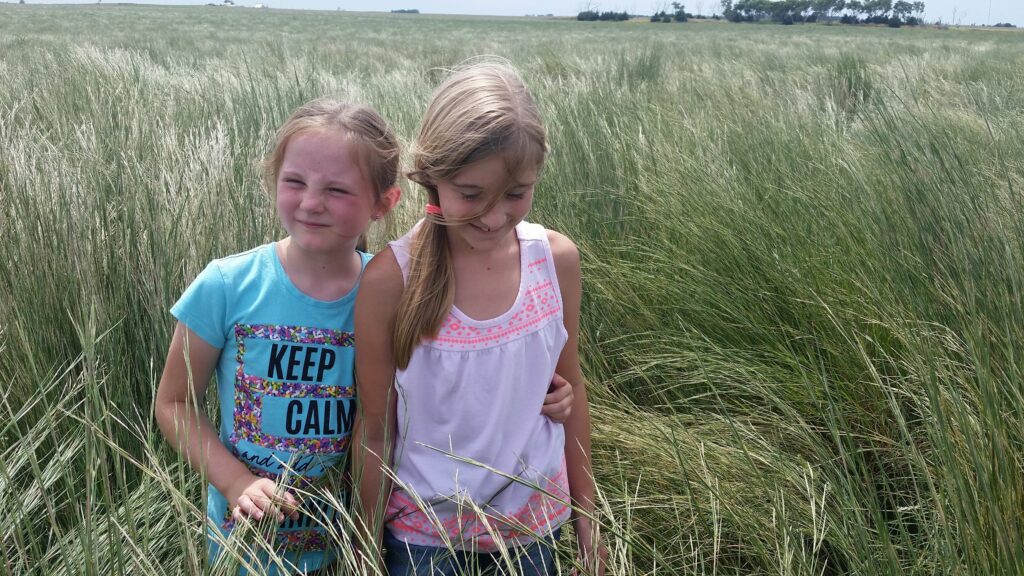Little Bluestem
(Andropogon scoparius)

Little bluestem is a vigorous, long-lived, native bunchgrass which is widely distributed over most of the United States. It is prevalent in the Great Plains, particularly in the Flint Hill sections of Kansas and Oklahoma, where it supplies dependable grazing and cured forage. This grass is the key component of the true prairie grass mixture.
Little bluestem is smaller than big bluestem. The two usually form a close association, but little bluestem is more drought-resistant and is adapted to sites that have limited moisture. Little bluestem is easily established on a wide range of soil types.
Growth begins late in the spring and continues through the summer. Plants usually grow 1 to 4 feet tall. The blades are less than 1/4 inch wide and approximately 4 to 10 inches long. The leaves flattened at the base, are light green until the plants reach maturity. At maturity, the leaves turn a reddish brown color. Because of its habit of growth and the wide range of distribution, little bluestem has great potential for erosion control and soil stabilization. It is best-planted in range mixes for revegetation of rangeland or abandoned cultivated land.
Seedings should be made on a well-prepared, firm seedbed free from weeds. A seeding rate of 2-6 pls pounds acre depending on the amount utilized in the seed mixture.

General Characteristics
| Growth Type: | Bunch |
| Life Span: | Perennial |
| Growing Season: | Warm Season |
| Native/Introduced: | Native |
| Plant Height: | 2-4 feet |
| Cold Tolerance: | Good |
| Drought Tolerance: | Good |
| Salt Tolerance: | Fair |
| Soil Type: | Widely Adapted |
| Minimum Rainfall: | 14 inches |
| Planting Rate: | 2-6 pls |
| Planting Date: | Dec. - June |
| Seed Type: | Chaffy |
| Uses: | Grazing, Wildlife Habitat, Erosion Control, Reclamation |

